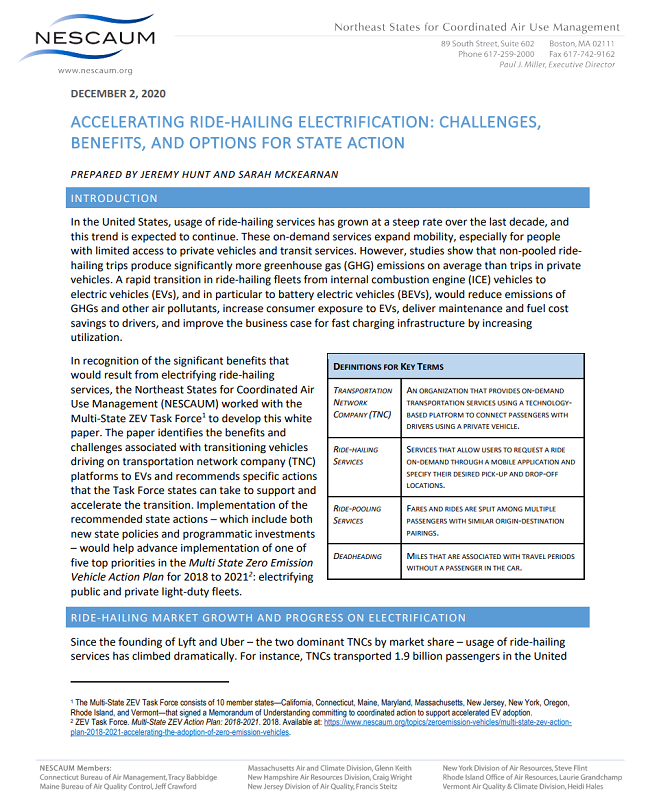Transforming Transportation in Communities of Opportunity: The Cleveland Study
Conner Smith2021-02-16T17:41:09-05:00EVHybridNoire and Clean Fuels Ohio developed a joint report detailing the attitudes, beliefs, and knowledge of next generation mobility in the Greater Cleveland area to identify unmet transportation needs in target communities.









